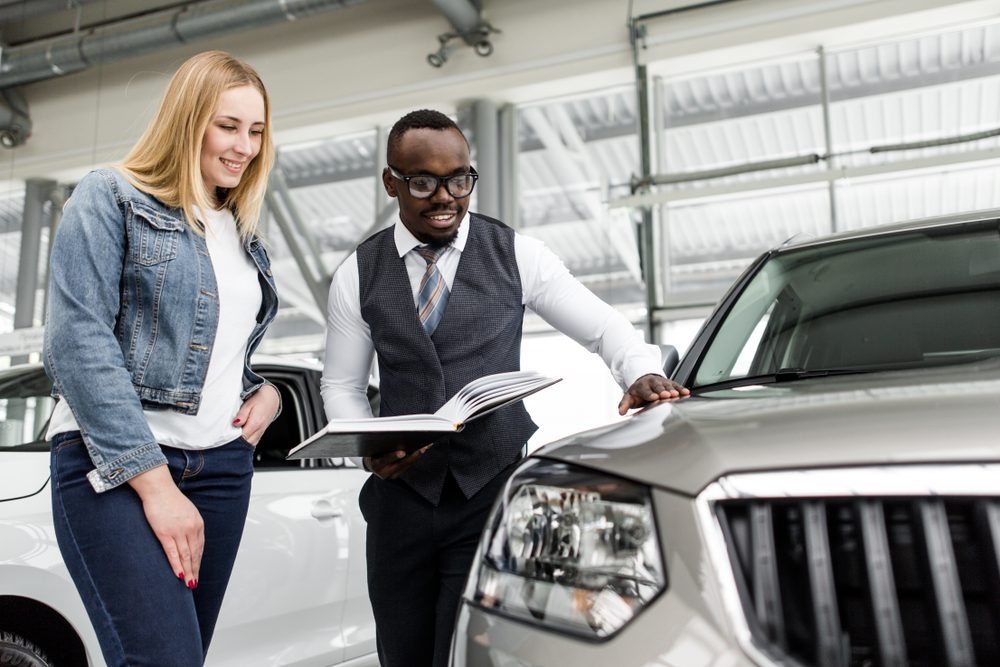Our industry faces not waves of occasional change — but constant, everyday change that can help or hurt a dealership depending on how well you sense and respond to it. These everyday change catalysts include evolving business models such as car sharing, changing consumer behavior such as more personalized shopping, and the emergence of super platforms such as Facebook. Change agents embrace these catalysts as opportunities for improvement rather than wait around to be disrupted. Let’s take a closer look at three of those growth opportunities:
Ride Sharing
Uber and Lyft provide nearly 7 million rides a day[i]. The rise of these and other ride sharing services has raised a lot of questions about car ownership. Will people become so accustomed to ride sharing that they won’t bother buying cars anymore? Should dealerships be worried? Our own survey of consumers reveals that:
- Ride sharing is not a threat to car ownership – 79 percent of people who use ride-sharing services would not get rid of their cars if such services became more pervasive.[ii]
- But ride sharing is changing consumers’ expectations of dealerships. The ride-sharing generation demands more convenience, transparency, and personalization.
Ride sharing services have arguably helped spur the rise of an entire on-demand lifestyle, with consumers becoming accustomed to searching for what they want, making a purchase decision, and rating their experience all within one app. Change agents have an opportunity to thrive by being more convenient, transparent, and personal. For instance, 69 percent of heavy ride sharers said that they rely on online reviews to make decisions on new purchases versus 39 percent of non-ride sharers – a clear signal that the ride-sharing generation values transparency. Savvy change agents at dealerships can be responsive by manage ratings and reviews like an asset year-round, making it easy for your customers to rate your dealership and your salespeople.
The New Era of Personalization
Automotive dealerships are now trying to please consumers whose expectations for a great customer experience are set on non-automotive sites such as Amazon, Netflix, Spotify, and Tinder. These online destinations have successfully responded to a new breed of consumer who demands a more personalized shopping experience.
Shoppers have had their expectations raised by personalization and will respond favorably when their expectations are met: 76 percent of consumers surveyed by Cars.com for our ride-sharing study said they purchase products based on personalized recommendations either half or most of the time.
Dealerships can be more personal in a number of ways:
- Automotive websites can offer smarter, more personal product recommendations to each shopper based on their browsing behavior and information that shoppers are willing to share about their personal lifestyles (e.g., whether they commute, love music, or live in an urban area).
- Dealerships can offer tools for consumers to personalize their shopping experience by selecting the salespeople they want to work with, too. For example, Salesperson Connect™ is a feature that connects shoppers to a salesperson before ever visiting a dealership, just like someone using Uber or Lyft can select their drivers. The salesperson profiles include customer ratings, background about a salesperson’s interests, and other information that makes the visit to an automotive dealer more personal.
Offering a more personalized sales experience makes a dealership more responsive: 97 percent of car buyers prefer to select a salesperson before they visit a dealership.[iii]
Rise of Super Platforms
Facebook is more than the world’s largest social network. It’s also an example of one of the super platforms changing automotive shopping. Super platforms such as Facebook are self-contained commerce zones that provide automotive dealerships turnkey tools to advertise their products. For example, Facebook offers advertising tools such as audience targeting and measurement for both Facebook and Instagram, including the increasingly popular Facebook Marketplace. Dealerships that want to thrive on both Facebook and Instagram need to have Facebook business accounts – or else miss out on the benefits of meeting customers where they are in the digital world.
Dealerships should view Facebook and Instagram as two essential shopper touchpoints. So put Facebook to work for you. A useful three-pronged approach consists of:
- Advertise to build awareness.
Capitalize on Facebook’s and Instagram’s advertising tools to create targeted ads for the general Facebook and Instagram communities. In addition, the Cars Social product enables automotive dealers to reach a new and unique audience of in-market Cars.com shoppers on Facebook and Instagram.
2. Rely on Facebook Marketplace to reach shoppers with purchase intent.
Facebook has been making Marketplace a stronger platform for dealerships to sell their used car inventory to shoppers. For example, as Facebook announced in the fall of 2017, Facebook has been collaborating with third-party automotive sites such as Cars.com to list their inventory on Facebook Marketplace. Facebook has also improved its search filters to help shoppers do more intelligent local searches for vehicles and dealerships nearby. And Facebook recently launched its own advertising product for businesses on Marketplace.
3. Use Organic Content on Facebook and Instagram to Bolster Your Brand
Over the years, organic reach for businesses on Facebook has declined.[iv] But sharing organic content (such as photos of your inventory) on Facebook and Instagram remains an important tactic to complement advertising. And there are a number of ways to do so – for example, sharing visual content to better merchandise your inventory.
Are You a Change Agent?
Only change agents can really thrive as these catalysts shape the future of the industry. Change agents have some key characteristics in common:
- They read every industry report they can get their hands on and attend every conference in order to understand changes affecting our industry, ranging from the advent of machine learning to advances in self-driving cars.
- They adopt technologies that make their dealerships more personal, convenient, and transparent. For example, they treat online customer reviews as an opportunity and expect their colleagues to do the same.
- They look outside automotive to learn best practices from other industries. They look at apps such as Spotify, Netflix, and Tinder to better understand personalization, to cite an example.
Being a change agent means being adaptable to how you can make catalysts work for you. Are you a change agent?
[i] Endgadget, “Lyft reaches one million rides per day but is still behind Uber,” July 5, 2017.
[ii] Cars.com consumer survey, June 2018.
[iii] DealerRater, “Car Shoppers Are Judging You,” January 2017.
[iv] Hubspot, “The Decline of Organic Facebook Reach & How to Adjust to the Algorithm,” May 3, 2018.



